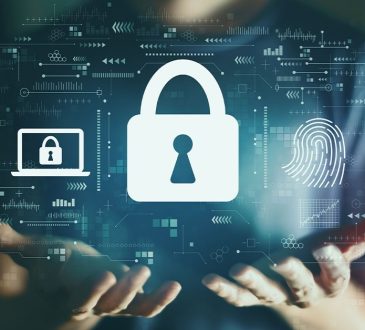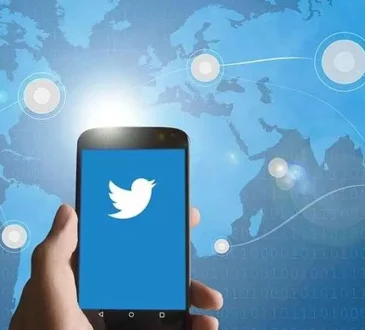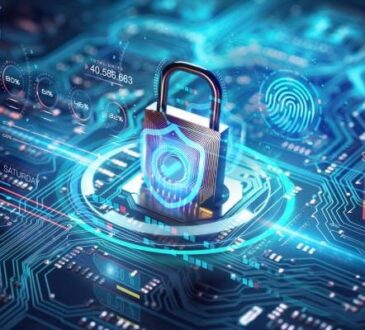Remote Employee Monitoring Software: Productivity and Accountability Within a Distributed Workforce in 2025

Starting in 2025, the workplace on a global scale is expected to be very flexible with full remote working capabilities as well as diverse talent access. While this might be easier from an employee standpoint, achieving managed workflows, accountability, and collaboration without any physical oversight is extremely difficult. Such tasks can be simplified with remote employee monitoring software like Controlio, which offers insights into employee work activities alongside providing a sense of trust and efficiency. This way, businesses are able to support and optimize workflows for their remote teams. This article is aimed at understanding the ways remote employee monitoring software guarantees productivity and accountability while also discussing the benefits, crucial features, ethical applications, and overall importance within a distributed work setting.
Understanding Remote Employee Monitoring Software
Remote employee monitoring software involves a group of tools intended to manage and evaluate the activities of employees working from home or any other remote location during office hours. Such systems evaluate several aspects, including time allocation to individual tasks, application usage, task completion level, and, in some occupations, physical location. AI technologies and advanced analytics are being used widely to provide remote employees with data that is usable towards goal accomplishment.
Employee monitoring software such as the Controlio tool stands out as a prime example owing to its features like real-time activity monitoring, productivity tracking, and reporting. Such capabilities enable firms to observe the remote workflows of employees and sustain productivity among distributed teams.
Benefits of Remote Employee Monitoring Software
Monitoring a remote workforce in 2025 is made significantly easier with the help of remote employee monitoring software. Some of the notable benefits encompass:
- Increased Productivity: The software helps remote employees focus on priority tasks by tackling distractions, such as excessive unnecessary browsing. Thus, output is maximized.
- Heightened Accountability: The presence of monitoring aids employees in keeping themselves accountable to deadlines and company goals.
- Increased Workflow Efficiency: Managers are able to look at how long tasks take to complete alongside what tools are used, which allows for the streamlining of processes to allocate resources better.
- Enhanced Remote Team Collaboration: The software helps remote employees to stay engaged, thus aiding communication and consistency among teams.
- Support Based on Descriptive Data: Analytics offer insights that help in training, performance evaluation, and process evaluation, thus supporting employee development.
The complexity of distributed work becomes much easier to navigate with the use of remote employee monitoring software owing to the multitude of benefits it provides.
Best Remote Employee Monitoring Software Features
The most effective remote employee monitoring software combines powerful functionality with intuitive design to support productivity and accountability. Every company will set goals that need to be met as of 2025; take note of the following goals.
- Real-Time Monitoring: Tracking real-time activities regarding application and screen interactions to gain visibility on how work is done.
- Time Tracking: Tracking time associated with specific tasks/projects in order to aid in managing the project and workload accurately.
- Productivity Analytics: Scoring based on task completion and time actively spent working. This allows the identification of top performers as well as areas that need improvement.
- Screenshot Capture: Takes selective, contextually relevant screenshots of an account’s activity within specified time limits while privacy measures like data blurring are employed.
- Custom Reports: Reports created for a specific client or team intended for strategic decisions as compared to generic documents.
- Integrations: The ability to link with other platforms like Slack, Trello, or CRM systems in order to enable remote work to happen more efficiently.
The features themselves prove why the Controlio app is an exceptional remote employee supervision tool, but the app is also useful in helping take care of remote employees.
Ethics of Monitoring Remote Employees Using Software
Approaching remote employee monitoring software tools should be done with ethics and trust so that the software can provide the intended benefit. As such, the following best practices are recommended:
- Transparent Communication
Tell employees what shall be monitored as well as why, within the context of enhancing productivity, remote work, interdepartmental collaborations, and so forth, making it about support instead of interference. Being open to employees and elucidating helps in averting resistance. - Protection of Privacy
Focus solely on work-related progress and executive tasks; personal data should not be accessed. Attend to GDPR/CCPA data laws as a bare minimum. - Engagement of Employees
Solicit concern feedback and any other comments for use during granular implementations. They shall appreciate ownership. - Constructive Feedback from Data
Monitoring data can be employed to issue commendations, and training can be issued for those that need help managing their time. - Ensuring Support on an Ongoing Basis
The literature identifies very little teaching. Set training for managers on what the data means from a management point and employees from a task performance point. Conduct employee interviews to ensure the system meets company objectives.
Such practices assist any organization in refining the productivity and accountability of its employees using remote monitoring software without reluctance.
Case Study: Streamlining Operations Remotely in a Technology Firm
In 2025, a mid-sized tech firm serves as an example of the broader impact of remote employee monitoring software. The firm was facing delays in software releases because of a distributed workforce. To mitigate this challenge, the firm adopted a monitoring solution like the Controlio tool. After communicating its intent, the software showed that developers were spending a lot of time doing code reviews manually. The firm implemented automated review processes that cut release cycles by 20%. Additionally, the system identified unused collaboration tools and assisted in onboarding training programs for Jira and Slack. The streamlined workflows led to increased employee morale and improved product delivery timelines. This case study illustrates the impact ethical monitoring can have on the management of a distributed workforce.
Ethical Issues
Ignoring monitoring implementation ethics can lead to distrust and legal issues. Companies must:
- Where necessary by statute, get consent.
- Supervise only relevant work and shield data with encryption.
- Enable employees to raise issues concerning the methodologies used in monitoring that pose intrusions on privacy.
Trust can be extremely difficult to rebuild in a firm. These steps can help ensure the effectiveness of monitoring software without compromising productivity.
Conclusion
Looking ahead to 2025, applications like the Controlio app serve as remote employee monitoring software and are a game changer for productivity and accountability within distributed workforces. Organizations can automate processes and promote healthy remote working environments by combining advanced functionalities with ethical guidelines. As moving away from traditional offices becomes the norm, adopting these tools will be essential in remaining competitive within an organization.




